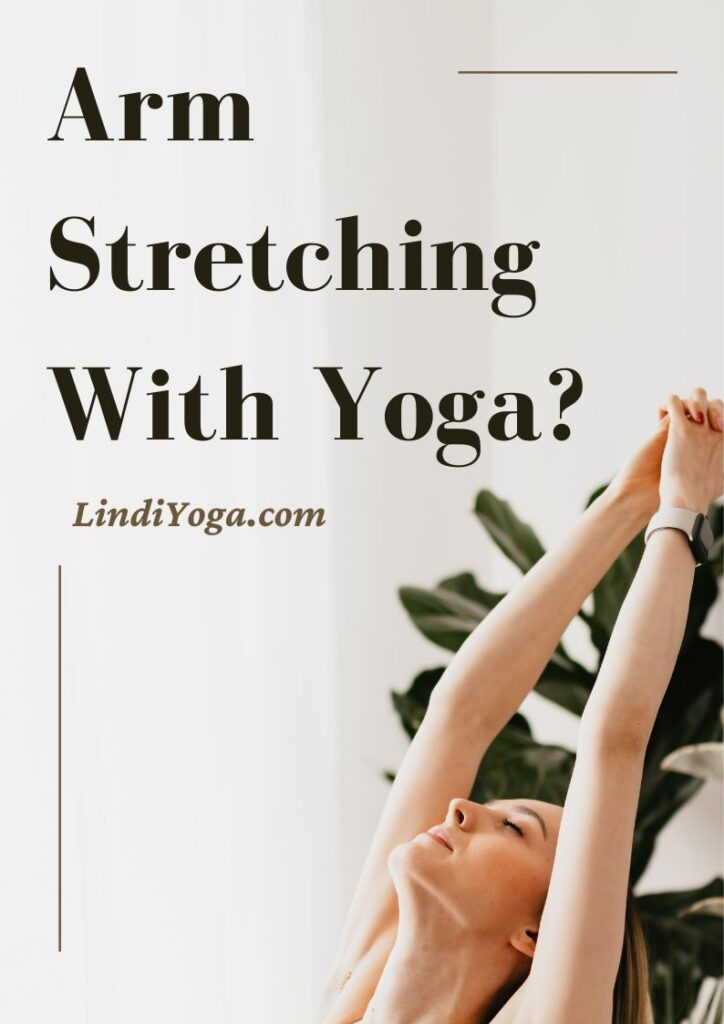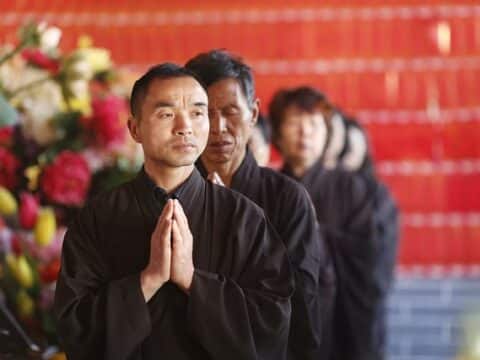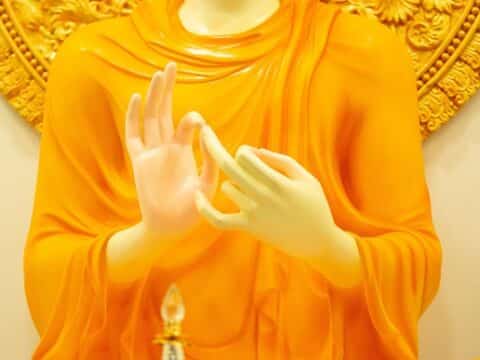Arm stretching improves mobility and flexibility and helps reduce muscle soreness and pain. Arm stretches also promote blood flow to the muscles and can help you lift weights. They also improve shoulder joint mobility and are an effective way to improve posture. And because they activate the muscles, they can even help you relax.
Regular stretching helps to improve flexibility, which is essential for everyday activities. You need to be flexible to perform a variety of activities in yoga, such as squatting, bending and stooping. By increasing your range of motion, you can perform all these tasks better.
Stretching your arms is beneficial for many reasons, but most importantly, it improves your range of motion. It reduces the risk of injury by warming up your muscles and increasing blood flow before you exercise. It also reduces lactic acid, which is one of the main causes of muscle soreness.
Podcast
There are many different ways to stretch your arms, but the most common is the overhead triceps stretch. First, you need to stand with your arms relaxed.
Then raise your right arm above your head. Then bend your elbow so that your hand reaches your spine. Then press your arm down with your other hand. Hold this position for at least 20 seconds.
There are also some yoga poses for arm stretching in yoga.
Yoga poses for arm stretching
If you are not sure whether you can perform this pose, you should seek advice from a practitioner before starting the exercises.
Resting Crocodile (Makarasana)
Crocodile pose is a beginner’s pose that requires a lot of body rotation and breathing. It stretches the legs and upper body from the neck down to the calves. It has several benefits, including promoting sleep and lowering anxiety and blood pressure. Young children should learn this pose in the supine or side position.
To perform the crocodile pose, you need a soft surface to lie on. A mat or soft towel is recommended as it helps to create a barrier between your body and the floor. If you do not have a yoga mat, you can use a block instead of a cushion. This will help you to become aware of your body size.
The crocodile pose is a great way to relax your body. It can also relieve back pain and fatigue. You can practice this pose with your partner to achieve better alignment. When practising, make sure you hold each part of the pose at least five times and breathe deeply.
The crocodile is a great pose to do at the end of a challenging yoga routine. It allows you to breathe deeply and relax your whole body. It is also a great way to relax between challenging abdominal poses.
Side plank (Vasisthasana)
The side plank is a challenging yoga exercise that builds balance, arm strength and the ability to concentrate. This pose is demanding, but with practice you can learn to perform it perfectly. This pose strengthens the core, arms and legs and improves your balance and coordination. It is considered a basic pose.
There are many variations of the side plank. One variation involves pulling the top foot onto the inner thigh of the opposite leg. Another variation requires you to lift your chest and place one arm over your ear. This variation requires balance and flexibility and it is recommended that you start slowly and work your way up to one minute.
As with any exercise, it is important to warm up before practising a challenging yoga pose. The yoga side plank is a good way to start. It is important to remember that this exercise requires a lot of strength and should only be practised if you have sufficient strength and flexibility.
Once you have stabilised yourself in the side plank, you can start to bring your legs and feet into the side position. You can also try bending your lower leg and rotating your knee. The side plank is one of the most challenging yoga poses, challenging your balance and core strength.
Wheel Pose (Urdhva Dhanurasana)
Wheel Pose is a restorative pose that helps release tension and rejuvenate the body. It requires a gentle rolling motion of the body with the palms up at the sides. This allows you to stretch your neck and arms and get a deeper chest. The posture is usually held for five to ten breaths.
If you are unsure of how best to perform the Yoga Wheel Pose, you should know some important alignment tips before attempting the pose.
The wheel pose is not suitable for people with back or shoulder problems. It is also not recommended for people with carpal tunnel syndrome or other chronic conditions. To avoid injury, you should only practice this pose with proper instruction.
Puppy Pose (Uttana Shishosana)
Puppy pose is a great way to relieve stress and calm the body. This inversion opens the heart and promotes blood circulation. It also helps with posture. You may feel more relaxed after this pose than after a more intense asana. The benefits of Puppy Pose go beyond improving posture.
You can practise the puppy pose while sitting or lying down. Make sure that your spine is stretched as much as possible. A cushion or block can help you hold the pose longer. You can also try different hand positions while holding the pose.
The main aim is to stretch the spine, shoulders and abdominal muscles. You can also place a pillow or block under your knees to make the exercise more challenging.
This pose is a good way to open your chest and heart chakra. You also stretch the areas of your body that affect your posture.
When doing this asana, you should focus on stretching your chest and back while relaxing your arms. For best results, practice this asana with proper alignment.
Make sure you inhale and exhale as you stretch. Then try to slowly move your chest forward while your arms follow your chest. You should feel the stretch in your arms as well as your shoulders.
Reverse Prayer (Paschima Namaskarasana)
The yoga pose Reverse Prayer helps you develop strength and flexibility in your arms and wrists. It is particularly beneficial for people with tight wrists, arms and chest.
To practice the inverted prayer posture, start in a seated position. Then grasp the elbows of the opposite arm. Then take 5 deep breaths. You may find it difficult to bring the palms together, but try to start with the lower or middle back and work your way up to the top of the spine.
The inverted prayer posture not only stretches your arms and shoulders, but also opens the heart chakra and improves digestion. It also reduces stress and promotes mental clarity. It balances the three main humours of the body: Vata, Pitta and Prana. It also improves flexibility and the health of bones and joints.
Reverse prayer is a good exercise for people with tight shoulders, but can also be challenging for those who are prone to injury or have limited mobility.
Injuries and weak muscles can limit the ability to perform the inverted prayer, so it is best to work on the flexibility of these muscles over time.
Eagle Pose (Garudasana)
The eagle arms in yoga pose is a great way to open your shoulders, improve your concentration and balance, and stretch your arms.
This pose can be done with both arms touching or with the palms facing each other. It is also possible to perform the pose with your arms at your sides. Regardless of the style you choose, you will find that this pose is helpful in opening the back of your lungs.
The Eagle Yoga pose can be difficult for some, but it is a great way to loosen your shoulder muscles and increase your range of motion.
You can modify the pose with a belt. Take a strap and clasp it with your other hand. Tighten or loosen the strap to adjust your stretch. Then reach for the shoulder on the other side with your arms. This will allow you to make larger and tighter circles in your arms.
Depending on your height, you can modify the pose to stretch your shoulders. You can also raise your elbows and/or stretch both arms out to the side. Then try to hold the pose for a few breaths.




